Emergency Response
Activation Levels of the DBCP
When we are alerted there is a possible nuclear incident, based on the radiation monitoring data and advice from the technical departments, the Secretary for Security will decide on the appropriate activation level of the DBCP.
The DBCP activation levels represent different tiers of emergency measures with the degrees of risks to Hong Kong. The DBCP activation levels and their relation to the National Nuclear Power Plant Emergency Response Levels in the GNPS/LNPS are as follows:
| Activation Level of the DBCP | National Nuclear Power Plant Emergency Response Levels in GNPS/LNPS |
|---|---|
|
Observation Level |
Emergency Standby |
|
Ready Level |
Plant Emergency |
|
Partial Activation Level |
Site Emergency |
|
Full Activation Level |
Off-Site Emergency |
Emergency Planning Zones in Hong Kong
Based on the International Atomic Energy Agency (IAEA) Standard, Hong Kong has established two Emergency Planning Zones (EPZs):
EPZ1 – 20 km
Plume Exposure Pathway Countermeasures including evacuation, sheltering or the use of thyroid blocking agent, will be taken for an area of up to 20 km radius from the site of the nuclear power stations at Daya Bay.
In the territory of Hong Kong, the only landmass that falls within this zone is the island of Tung Ping Chau.
EPZ2 – 85 km
Ingestion Pathway Countermeasures will be implemented throughout the whole territory, with controls over food, live food animals, and water imported from areas close to the nuclear facilities or locally produced or available.
Distance circles from Daya Bay Nuclear Power Station
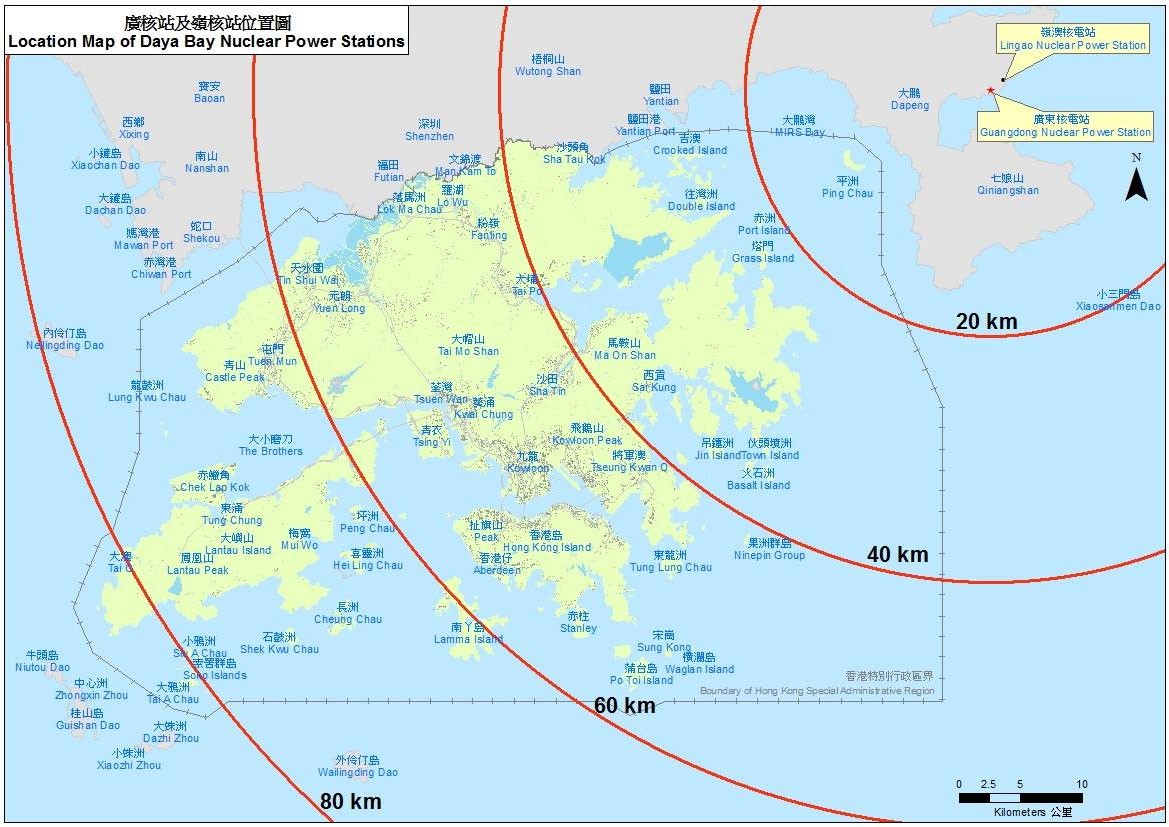
Government Emergency Response Structure
In major incidents such as an off-site emergency at the GNPS/LNPS, a Chief Executive& #39;s Steering Group (CESG) and an Implementation Task Force (ITF) chaired by the Chief Executive and Secretary for Security respectively with a composition covering all relevant Heads of bureaux, technical and operational departments would be convened to facilitate proper coordination of government efforts at all levels, drawing on expertise from all relevant professional and frontline departments in a concerted manner to support the implementation of the DBCP. Related bureaux and departments will take necessary actions in accordance with the activation level and the major countermeasures in the DBCP developed and implemented by the CESG and ITF.
In any emergency at the GNPS/LNPS, it is vital for the public to be kept fully in the picture, so that any panic caused by exaggerated fears and rumours can be avoided or mitigated. Besides CESG and ITF, the Information Policy Committee (IPC) would be convened, if necessary, to provide advice to the Government on public announcements concerning the most significant events. The Government will make use of various channels for comprehensive coverage, including this website, television and radio announcements for posting important emergency response information for members of the public. The public should pay attention to announcements about what to do from the radio, TV and government website.
Enhanced Radiation Monitoring
In the unlikely event of a nuclear accident or a suspected nuclear accident, radiation monitoring in Hong Kong will be stepped up, so as to obtain timely and comprehensive information on the environmental radiation levels in Hong Kong for an early assessment of possible consequences and identification of necessary countermeasures. Enhanced radiation monitoring measures include:
Air, Sea and Ground
- Closely monitoring the radiation levels in the air in Tung Ping Chau through the Automatic Gamma Spectrometry System;
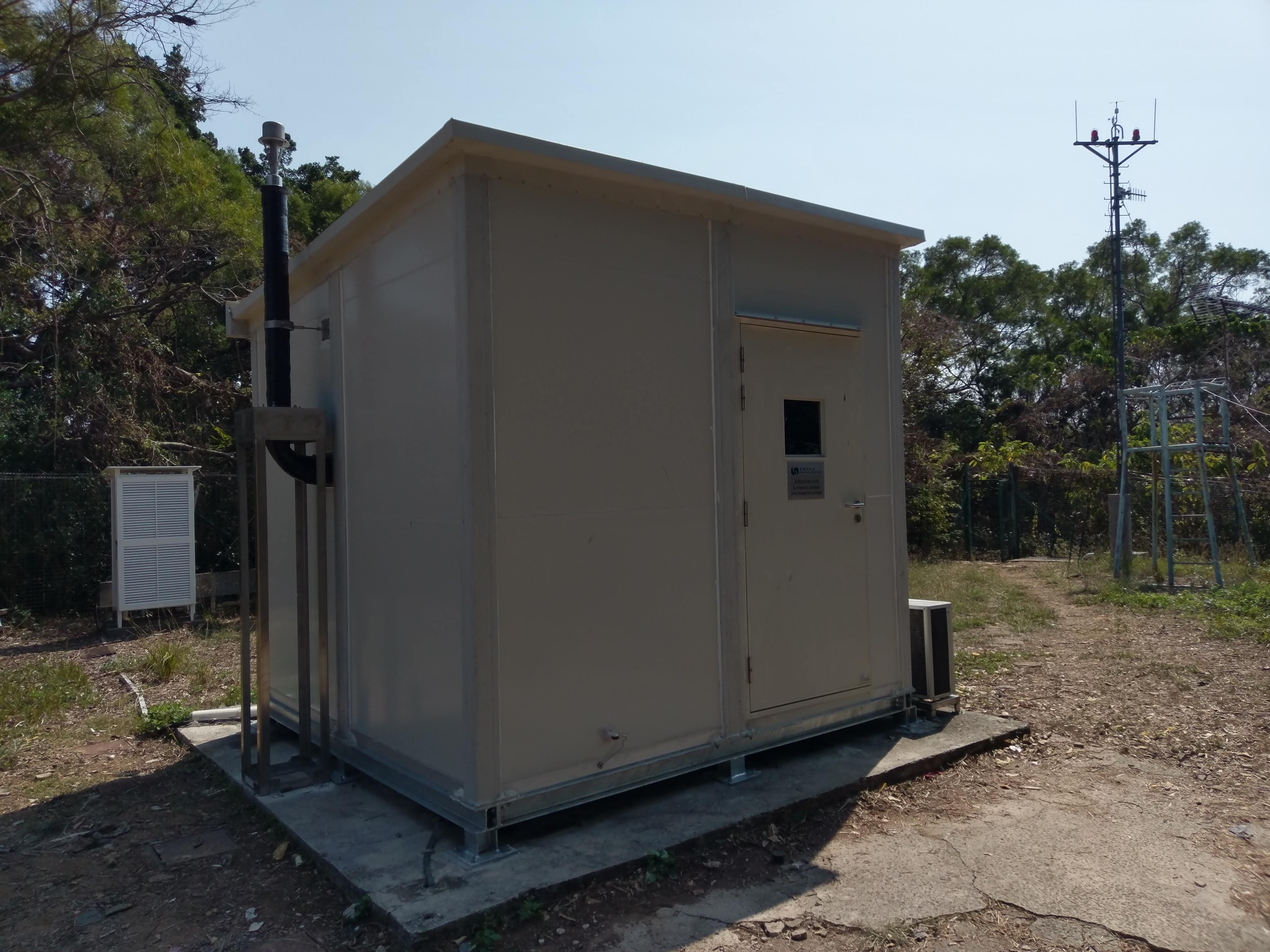
- Full activation of instruments in the Radiation Monitoring Network, including the collection of air and rain water samples for radioactive analysis;
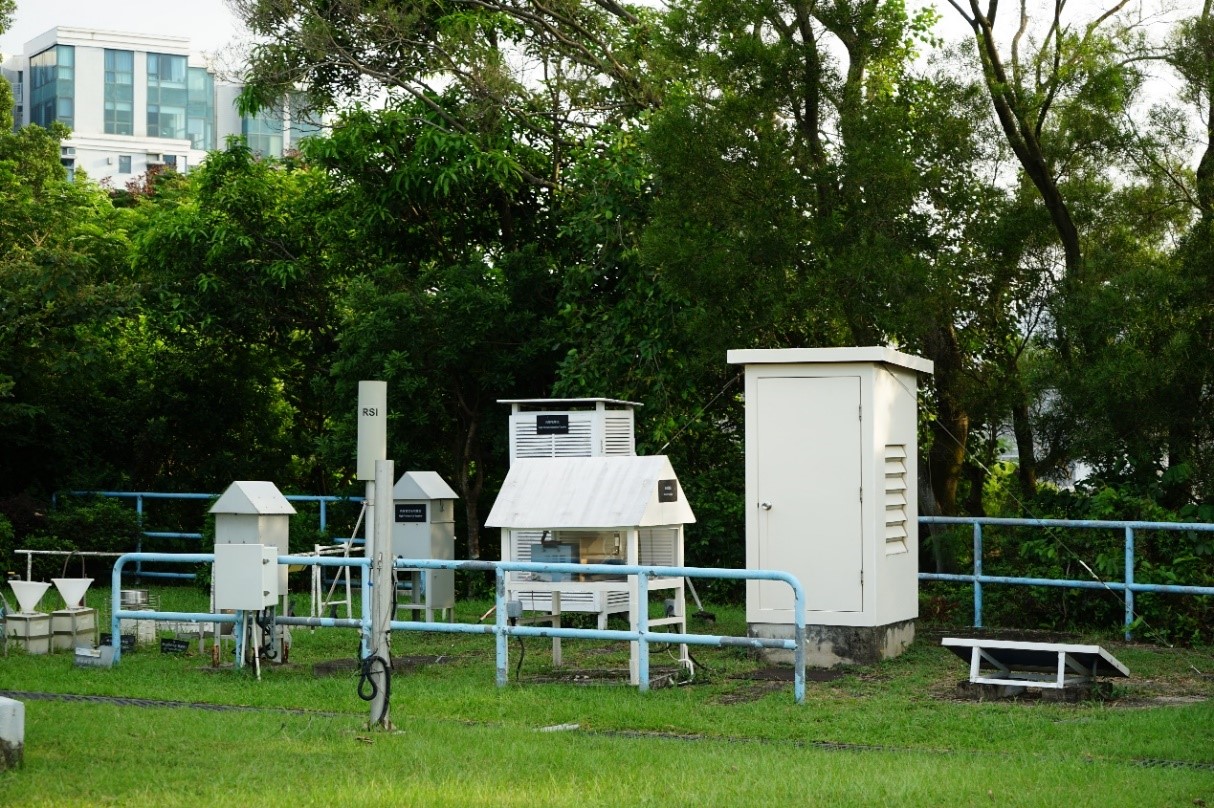
- Conducting emergency aerial radiological surveys using the Aerial Radiation Monitoring System to monitor the radiation level at various altitudes and at ground level over the territory of Hong Kong;
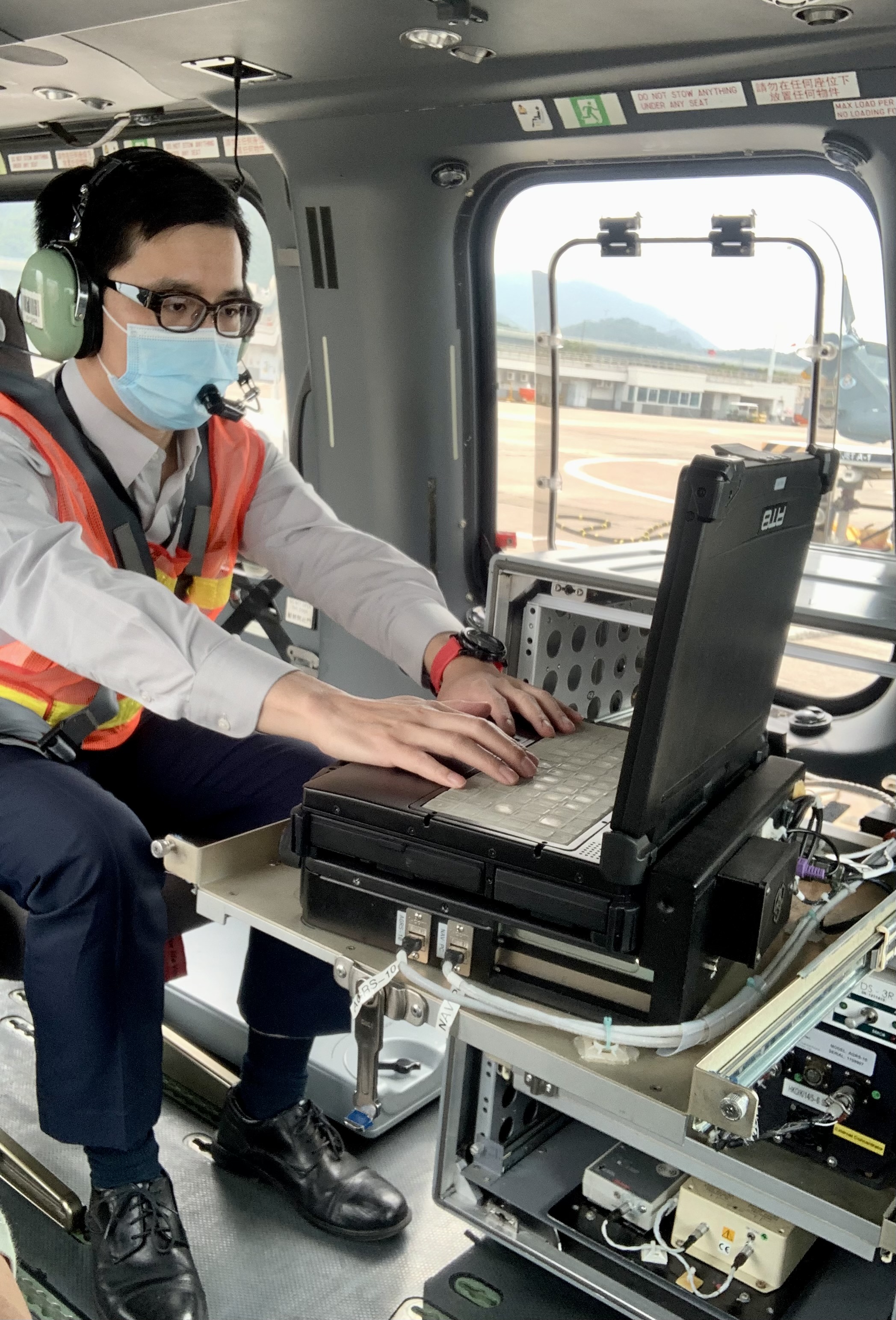
- Conducting mobile surveys by Radiological Survey Vehicle and Fireboat 7 respectively to monitor the radiation level at ground level and in sea over the territory of Hong Kong;
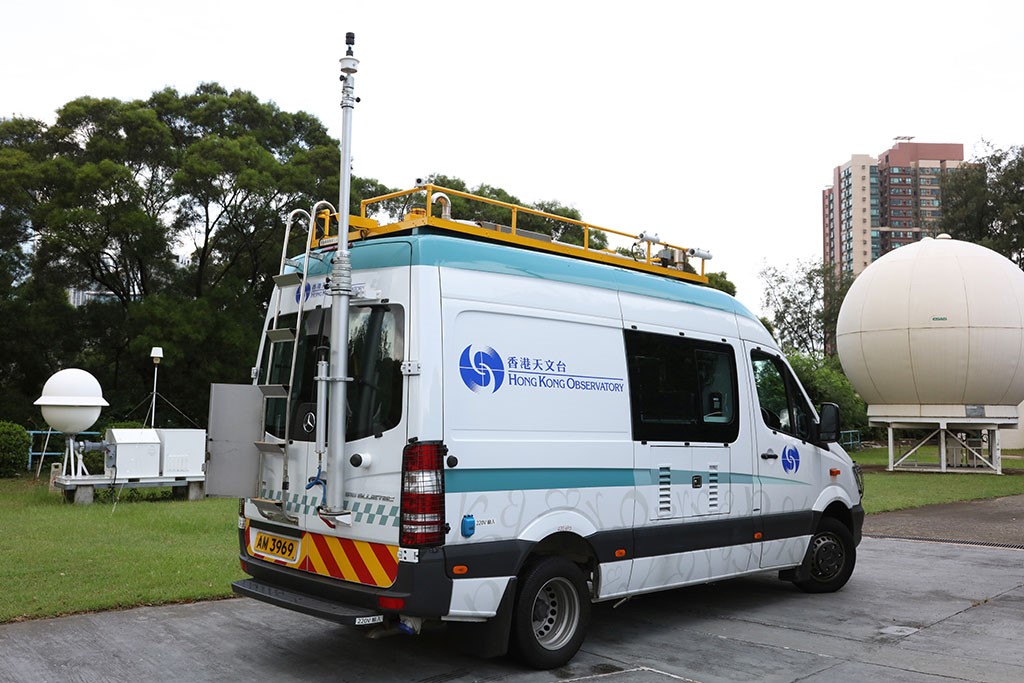
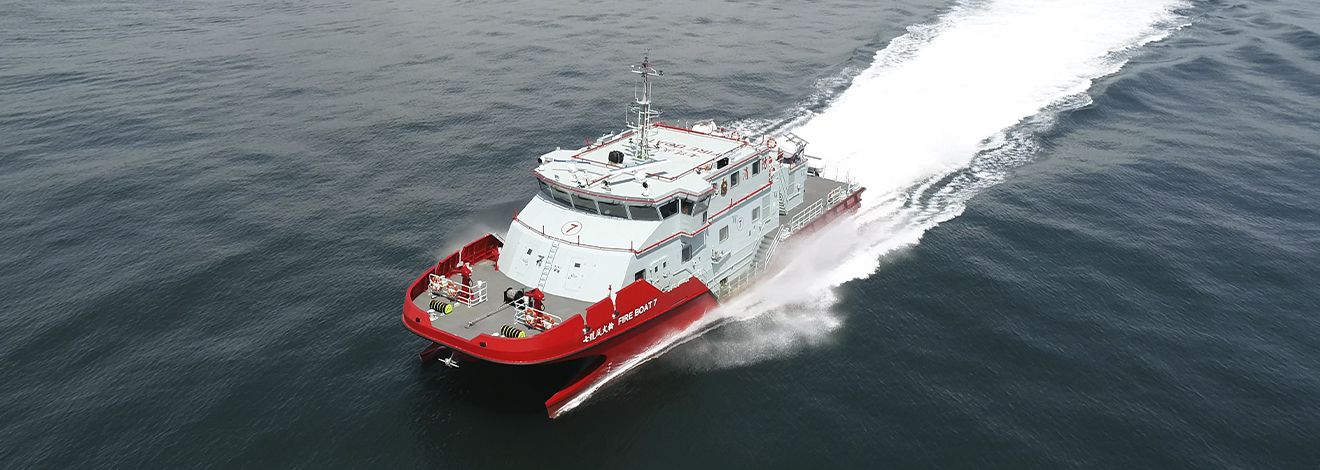
- Collecting more air samples through the radiation monitoring instruments in designated fire stations to enhance the monitoring of ambient gamma radiation levels; and
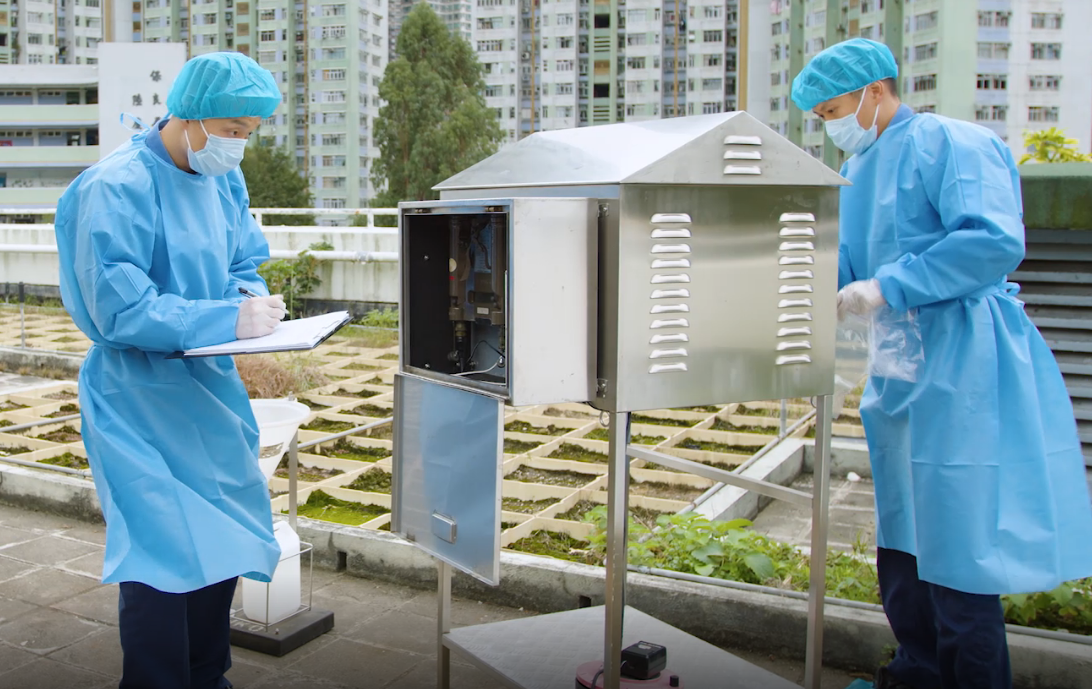
- Closely monitoring and analysing the radiation data received from Guangdong and Macao.
Water Supply
- Closely monitoring the water quality through the On-line Water Contamination Monitoring System and stepping-up sampling at impounding reservoirs, water treatment works and consumer taps.
Live Food Animals and Food
- Where radioactive fallout has occurred, and depending on the dose levels, there may be a risk of food and water exposed to the outdoor environment becoming contaminated. Depending on the situation, the Government may consider imposing appropriate control over the distribution of food and water. Certain food items such as leaf vegetables and fruits grown outdoors are particularly susceptible to radioactive fallout. In addition, radionuclides may appear in milk produced by dairy cows that have grazed on pastures contaminated by fallout. The Government will increase number of food samples to be collected at boundary control points, wholesale and retail markets and the DBCP provides for countermeasures against ingestion of contaminated food and water, covering an area at a distance of up to 85 Km from Daya Bay, i.e. the whole of Hong Kong. Food, live food animals and water coming from the Mainland or locally produced or available will be closely monitored for possible contamination. Members of the public should pay attention to the Government& #39;s advice on the consumption of food, milk or water.
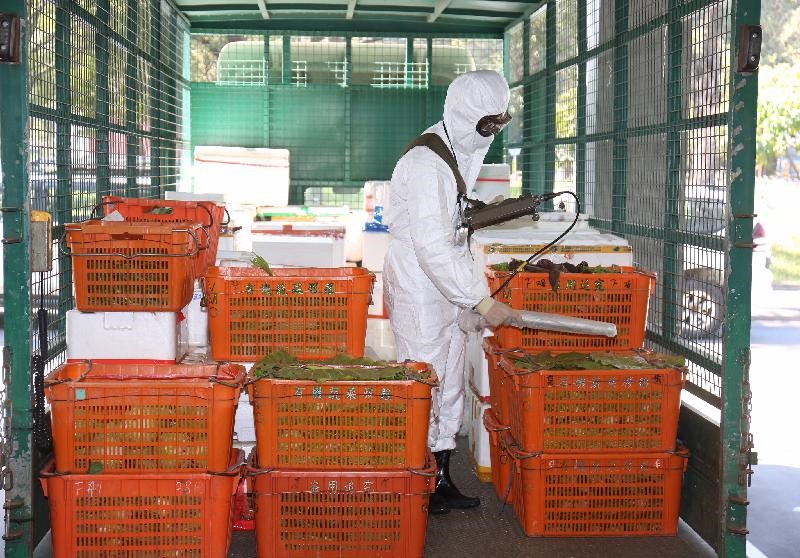
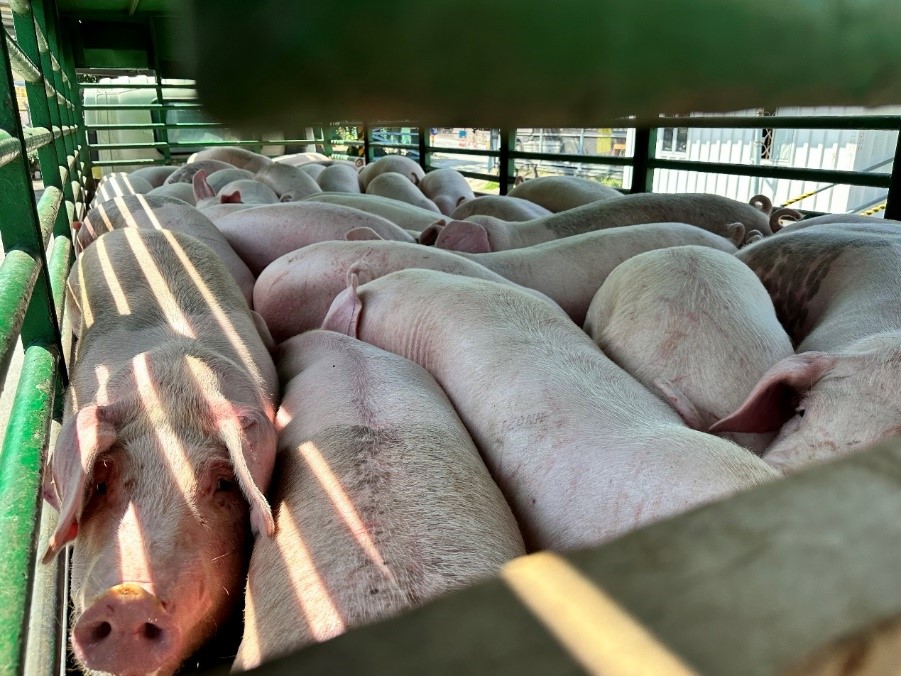
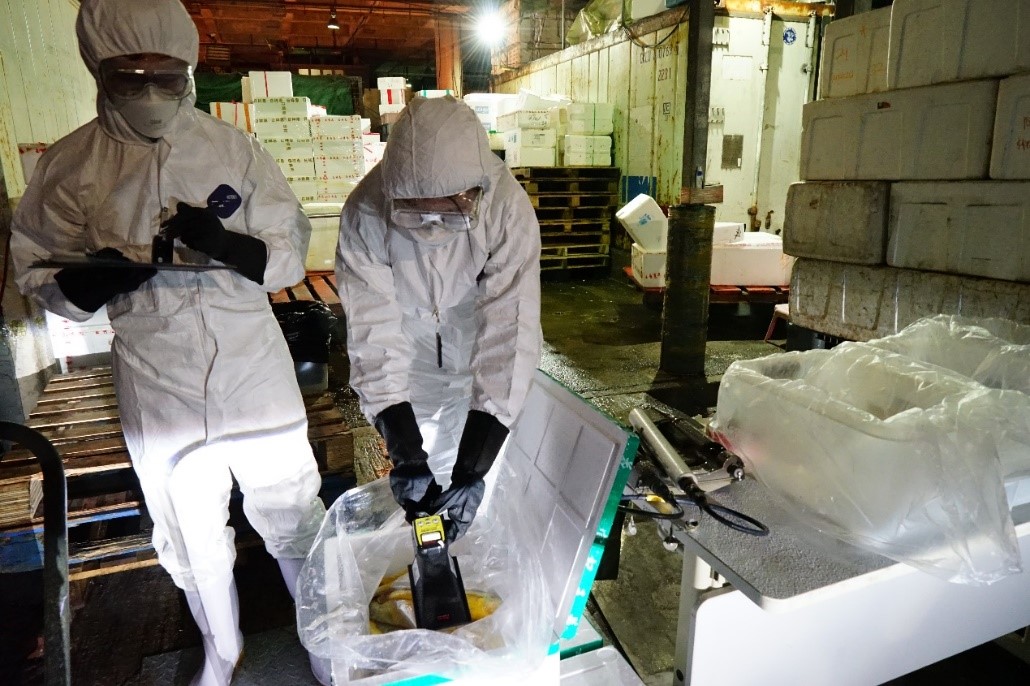
Sea Water
- Collecting water samples at beaches and fish culture zones for analysis
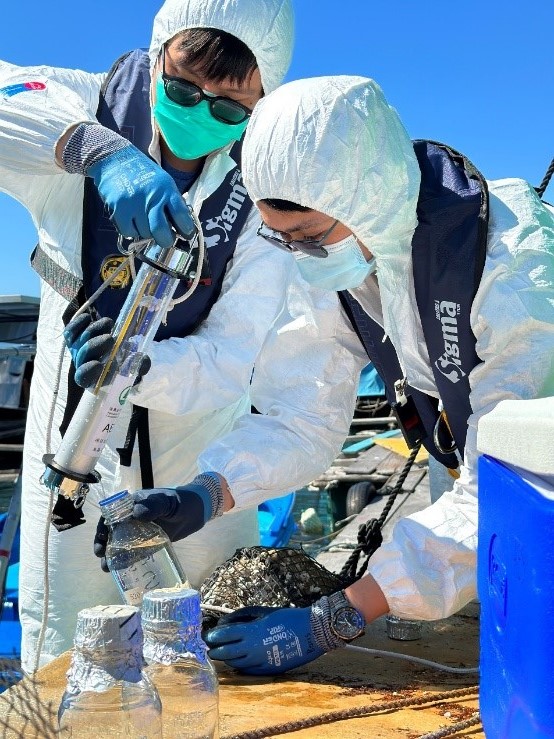
Other Countermeasures under the DBCP
To deal with any off-site releases possibly affecting Hong Kong, various measures may need to be considered for implementation but the emphasis and focus may vary from case to case, depending on the assessment of the actual risk. In turn, the Government may seek advice from the Radiological Protection Advisory Group on human health matters relating to the radiological consequences that may eventuate from radioactive releases from nuclear facilities, and in particular, the countermeasures that should be adopted having regard to the widely applied principle that the risks should be reduced to a level which is as low as reasonably practicable.
Boundary Control Measures
- According to professional advice of the international health authorities, unlike pathogens of infectious diseases, radiological contamination is usually not readily transferable. It will not multiply over time. On the contrary, it will reduce significantly over time and distance owing to radioactive decay and basic personal hygiene measures. It is very unlikely for persons and goods, even if they are directly contaminated at locations outside the nuclear stations, to “contaminate” or cause harm to others. Therefore, in general, a radiological contamination of a person is more of an individual health risk, rather than a public health risk affecting the general population. Frontline departments will take action to monitor inbound travellers and goods where necessary.
Assistance to Contaminated Persons
If evacuated members of the public and incoming local travellers and Mainland visitors were contaminated, they might need to be subject to monitoring and decontamination. Where necessary, they might need to receive further medical treatment. Although radiological contamination does not normally present public health risk per se, individuals may get worried that they might be contaminated by radioactive fallout. To address public anxiety and to avoid overloading public hospital facilities by all suspected cases, there will be the following arrangements:
- A mechanism is set up for the operation of monitoring centres (MCs) to provide radiation monitoring as well as simple and immediate decontamination services to those in need, which would help relieve anxiety among the population and also relieve public hospitals of unnecessary demand for services.
- The removal of the outer clothing and use of clean paper towels on skin may be able to remove some 90% of contamination. This decontamination procedure will be performed in-situ (e.g. at points of entry) for persons in need. Only those still found to be contaminated after the procedure may need to be sent to showering or treatment.
- Fire Services Department (FSD) has acquired mobile decontamination units with showering facilities and will deploy them to priority locations (e.g. discharge points for evacuation) to meet the need of both evacuated members of the public and emergency responders.
- “Emergency Radiation Treatment Centres” at public hospitals will start operation in tandem with MCs to provide tertiary healthcare support for those who could not be “treated” by MCs.
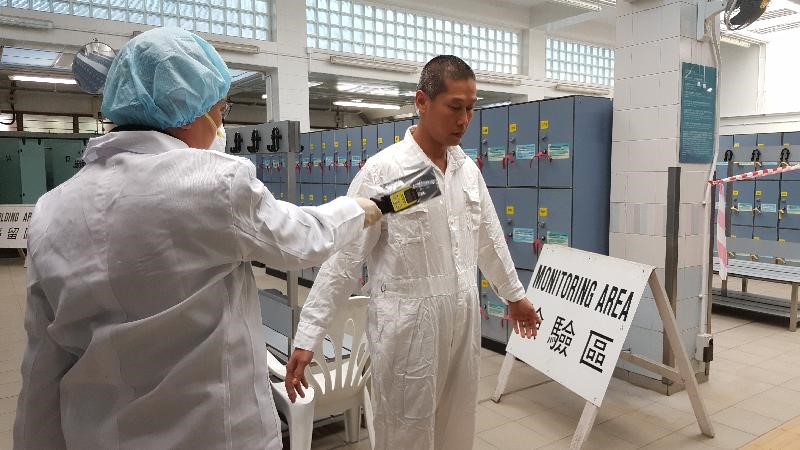
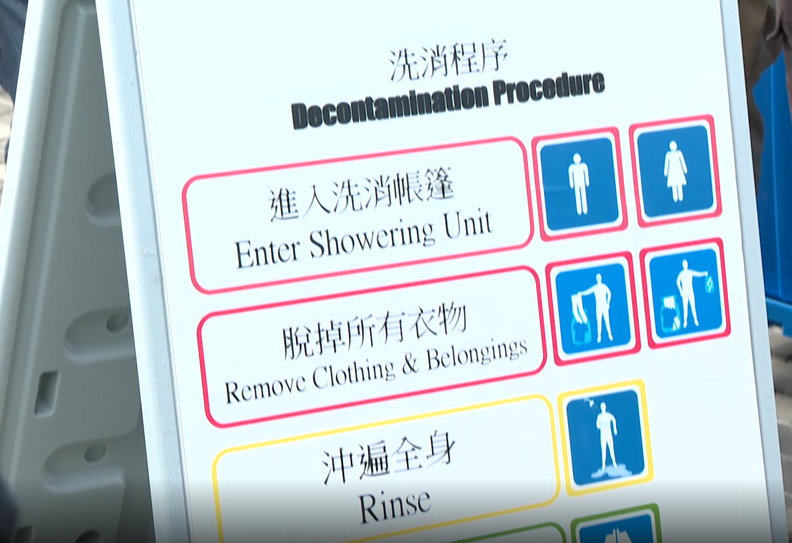
Evacuation
- It is not envisaged that a nuclear emergency in Daya Bay would give rise to the need for evacuation of people in Hong Kong. As a precautionary measure, residents in Tung Ping Chau, visitors to Tung Ping Chau and vessels in the water of Mirs Bay within 20 km from Daya Bay may be evacuated.
Sheltering
- It is not envisaged that nuclear emergency in Daya Bay will give rise to the need for sheltering for areas along the plume pathway beyond 20 km from Daya Bay.
The Government will make use of various channels for posting important emergency response information, such as the arrival of plume pathway and whether sheltering is deemed necessary.
Distribution of Thyroid Blocking Agent
- The Government has stockpiled thyroid blocking agent for emergency use. If needed, the Government will make an announcement and give instructions. Emergency response departments will distribute the thyroid blocking agent for use by specific groups of the public. The prudent assessment is that only evacuees from Tung Ping Chau and Mirs Bay and emergency responders involved in the evacuation may need thyroid blocking agent. In view of possible side effects, people should only use thyroid blocking agent when advised by the Government.



